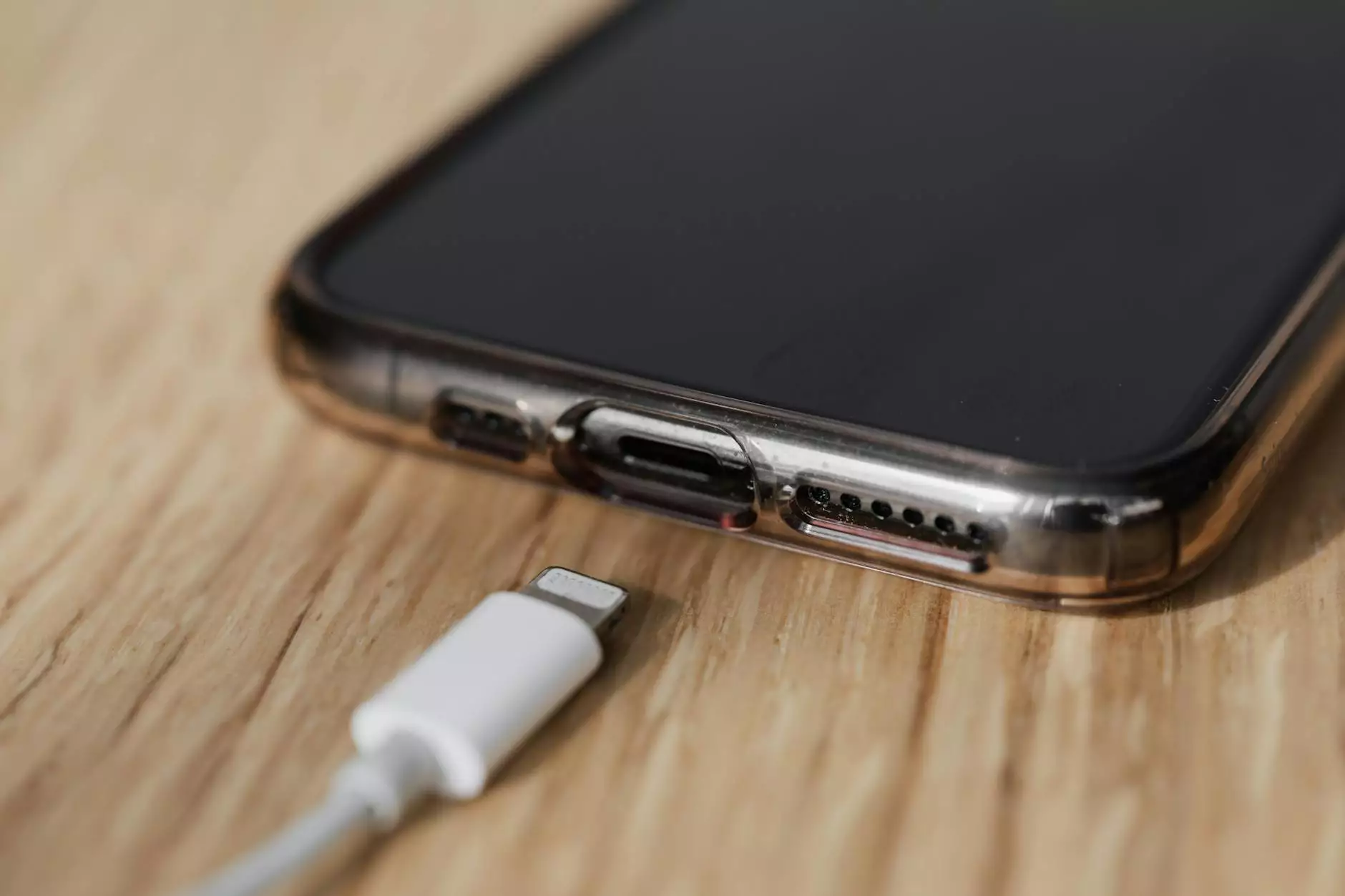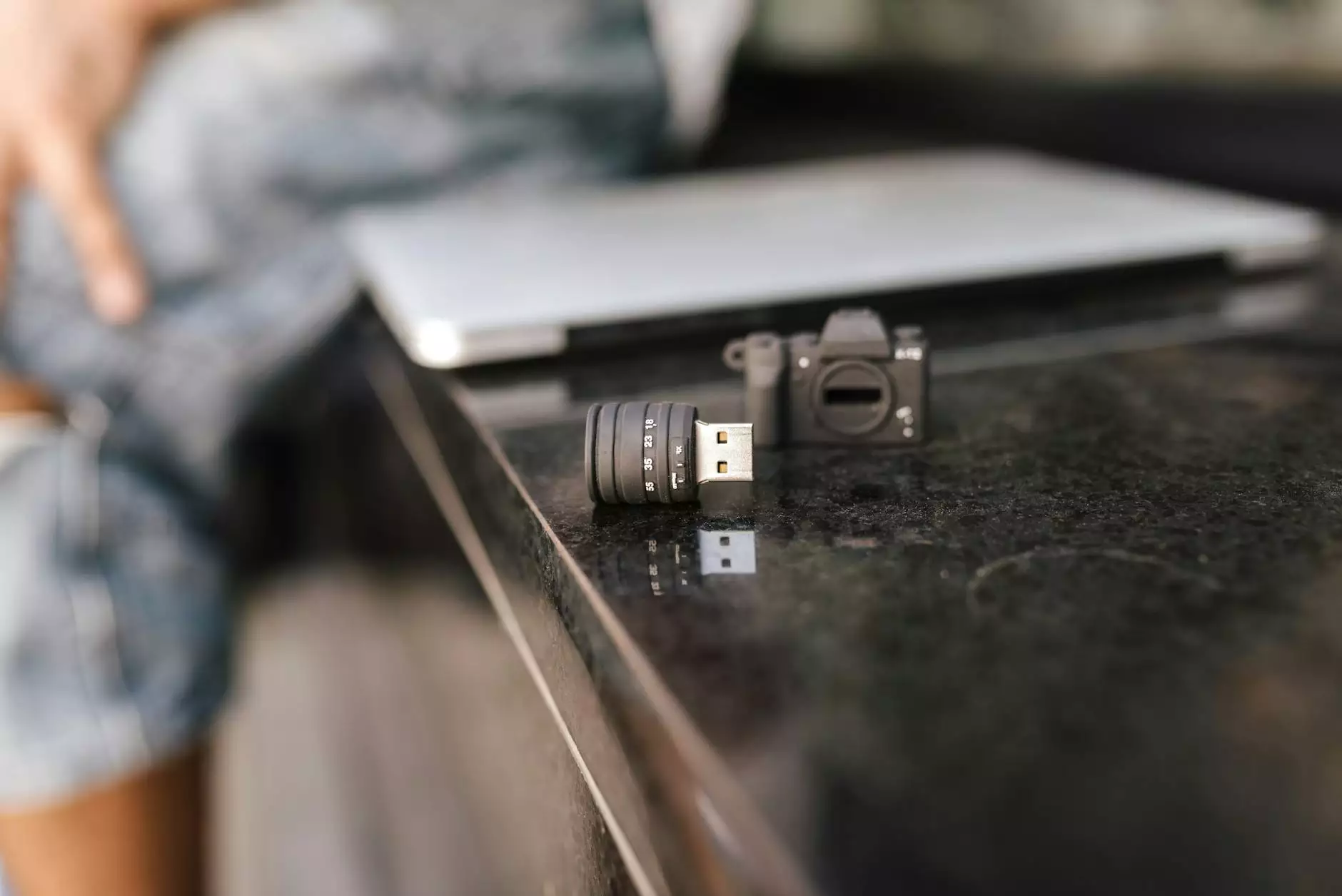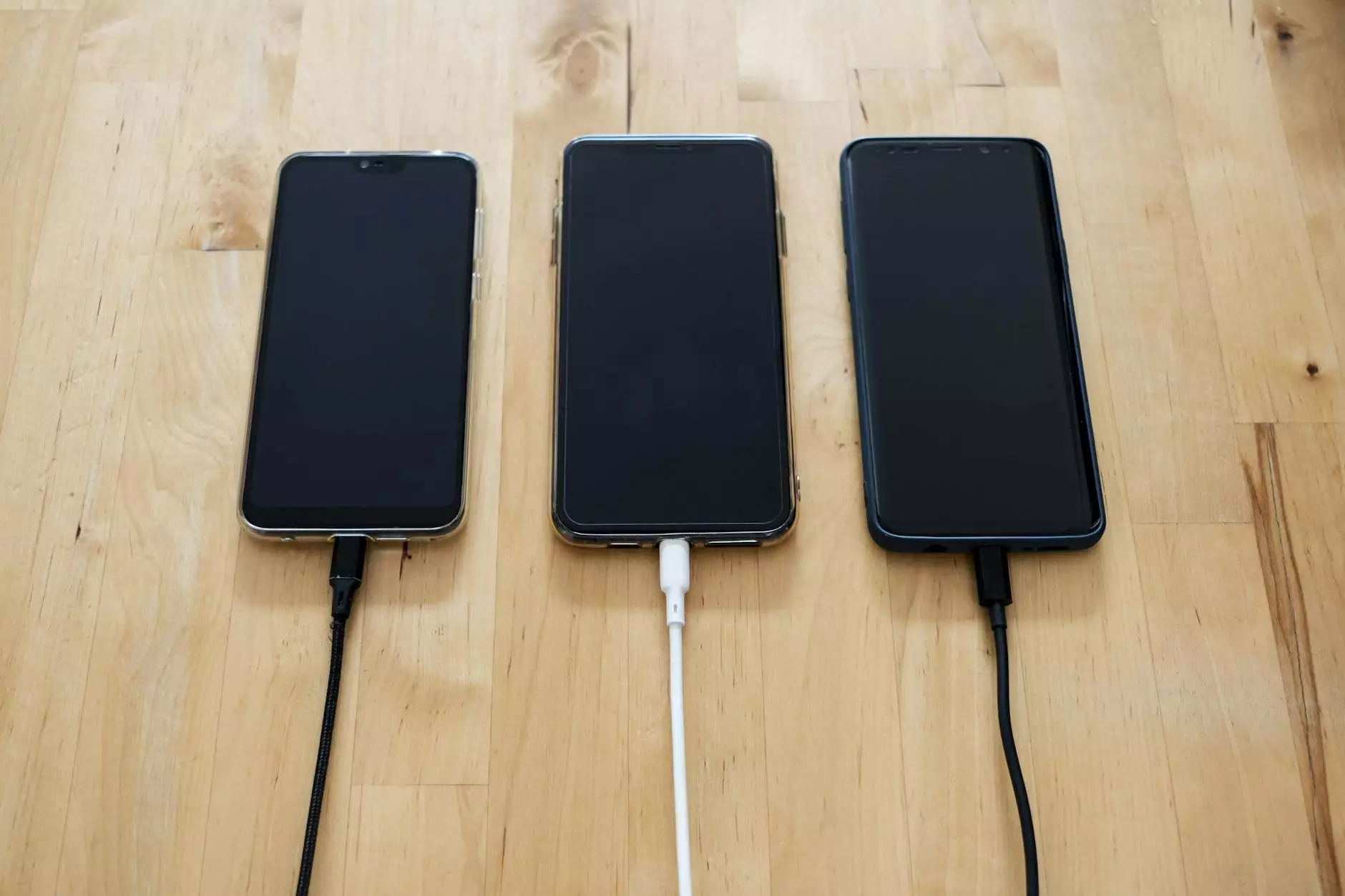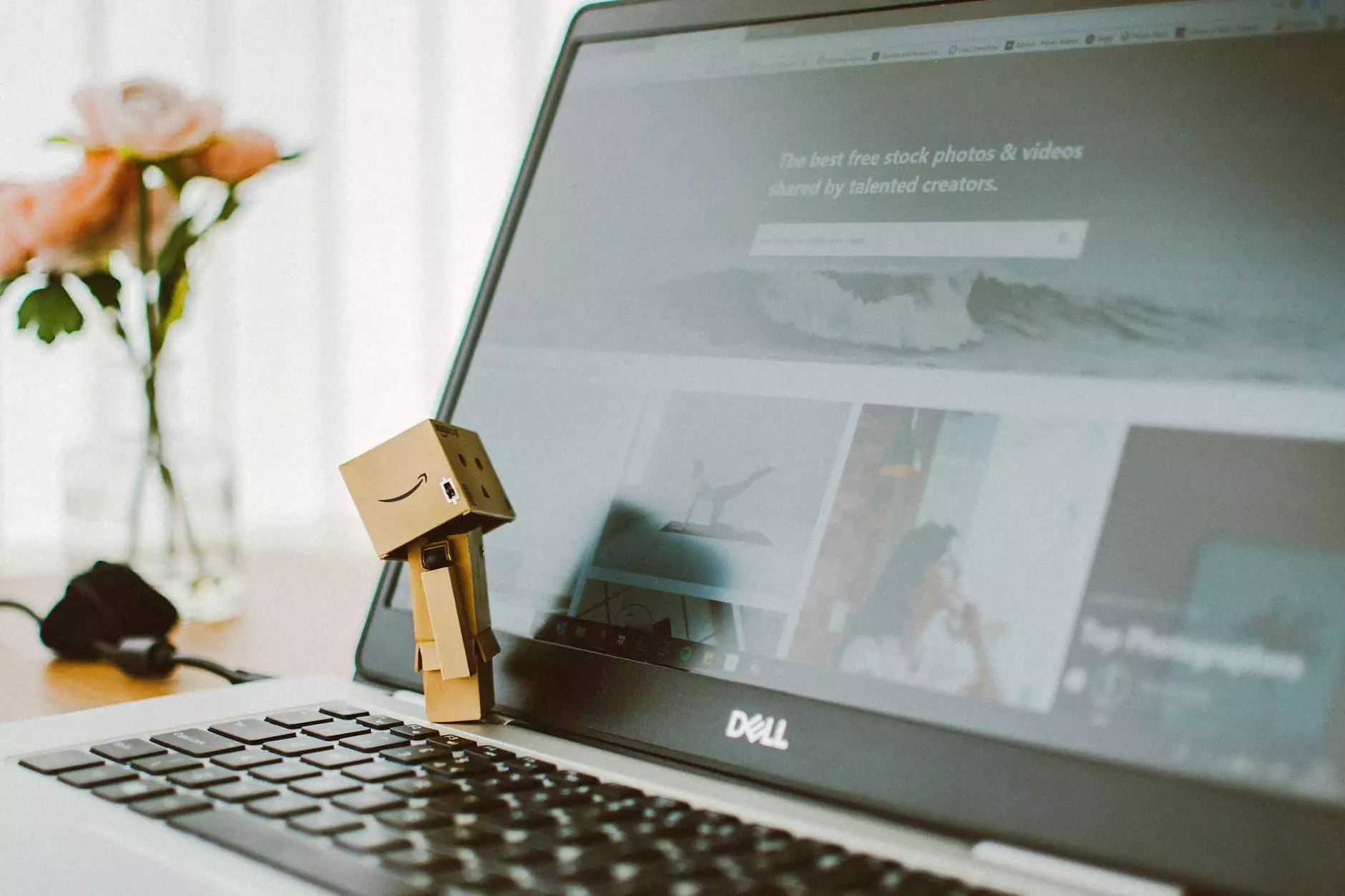Exploring the Appearance of USB-C Ports, Cables, and Plugs

As the technology landscape continues to evolve, USB-C has become a common term in discussions about connectivity. From smartphones to laptops to other electronic devices, the USB-C port has gained widespread adoption due to its versatility and convenience. In this detailed guide, we delve into what a USB-C port looks like, providing insights into its design, functionality, and usage.
What Does a USB-C Port Look Like?
A USB-C port typically appears as a small, rectangular connector with rounded edges. It is significantly smaller than its predecessors, such as USB-A and USB-B ports, offering a reversible design that allows users to plug it in either way. This feature eliminates the frustration of trying to insert the cable correctly, as both ends of a USB-C cable are identical.
Key Characteristics of the USB-C Port:
- Reversible Design: Unlike older USB connectors, a USB-C port can be plugged in without worrying about its orientation.
- Compact Size: The port is more streamlined and takes up less space on devices, allowing for slimmer and more lightweight designs.
- Fast Data Transfer: USB-C supports faster data transfer speeds compared to previous USB standards, enabling quick file transfers and backups.
- Power Delivery: USB-C ports can deliver higher power levels, making them ideal for charging devices quickly.
Understanding USB-C Cables and Plugs
When it comes to USB-C cables and plugs, they share the same design principles as the port itself. The cables feature USB-C connectors on both ends, ensuring compatibility with devices equipped with USB-C ports. These cables come in various lengths and are often used for charging, data transfer, and video output.
Similarly, USB-C plugs are designed to fit seamlessly into USB-C ports. They feature the characteristic rectangular shape with rounded edges, allowing for easy insertion and removal. USB-C plugs are commonly found on the ends of charging cables, allowing users to connect their devices to power sources efficiently.
Benefits of USB-C Technology
USB-C technology offers several advantages that make it a preferred choice for modern devices:
- Universal Compatibility: USB-C is increasingly becoming the standard for connectivity across various devices, ensuring compatibility and interoperability.
- Enhanced Speed: With support for high-speed data transfer and faster charging, USB-C provides efficient performance for users.
- Flexibility: The reversible design and versatility of USB-C cables and ports make them user-friendly and convenient to use.
- Future-Proofing: As more devices adopt USB-C technology, users can future-proof their accessories by investing in USB-C-compatible products.
Choosing the Right USB-C Accessories
When selecting USB-C accessories such as cables, chargers, and adapters, it is essential to ensure compatibility with your devices. Look for reputable brands that offer high-quality products to avoid compatibility issues and potential damage to your electronics.
Whether you are looking to charge your smartphone, transfer files between devices, or connect peripherals to your laptop, USB-C technology provides a reliable and efficient solution. Embrace the convenience and versatility of USB-C ports, cables, and plugs to streamline your connectivity experience.
Conclusion
In conclusion, understanding what a USB-C port looks like and how it functions is crucial for maximizing its benefits. The evolution of USB-C technology has revolutionized the way we connect and interact with our devices, offering speed, efficiency, and universal compatibility. As you explore the world of USB-C, remember the convenience and versatility it brings to your digital lifestyle.









